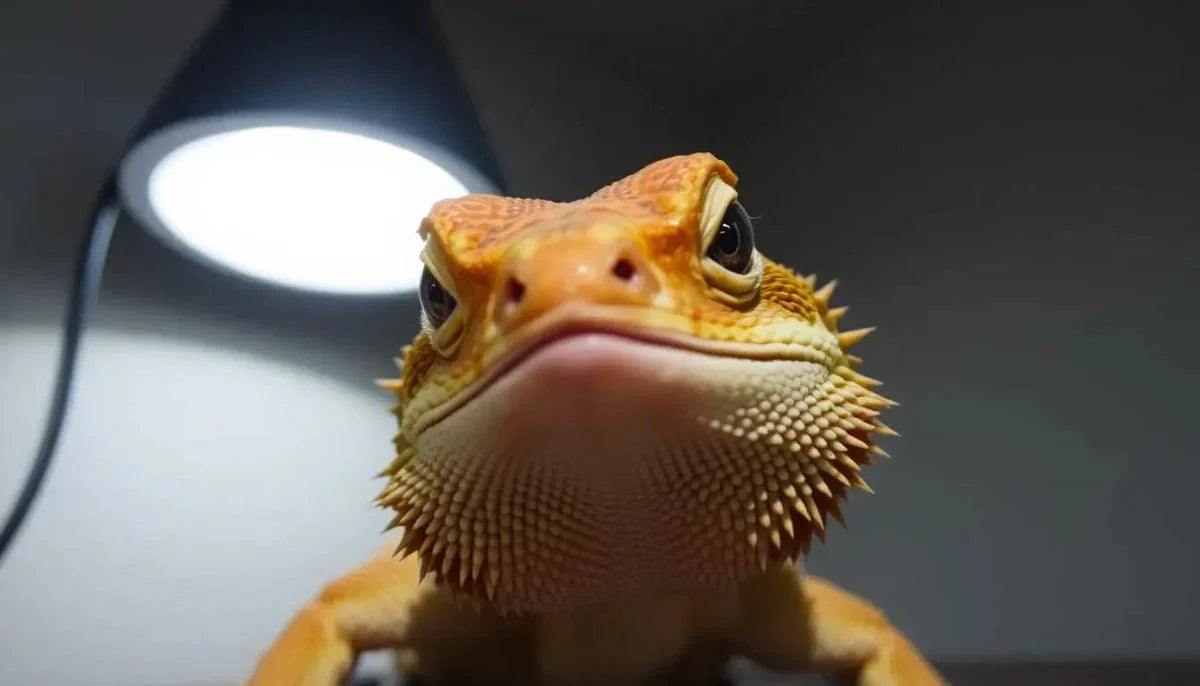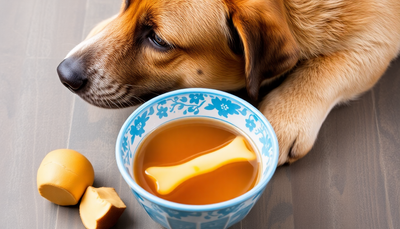As a proud pet owner of a bearded dragon, I know how important it is to provide the right environment for these fascinating reptiles. One of the most crucial aspects of caring for a bearded dragon is maintaining the proper temperature. But what happens if the heat source fails or the power goes out? How long can a bearded dragon go without heat?
In this comprehensive blog post, we'll dive into the world of bearded dragon care and explore the answers to this critical question. Whether you're a seasoned reptile enthusiast or a new bearded dragon owner, this information will help you ensure your scaly friend stays healthy and happy, even in the face of unexpected heating challenges.
Understanding Bearded Dragon Thermoregulation
Bearded dragons are ectothermic, meaning they rely on external sources of heat to regulate their body temperature. In their natural habitat, these lizards bask in the warm sunlight to maintain their optimal temperature range, which is typically between 75-95°F (24-35°C).
When the temperature drops, bearded dragons enter a state of torpor, a form of reduced metabolic activity and lowered body temperature. This adaptation helps them conserve energy and survive in cooler conditions. However, the duration they can withstand without heat varies depending on several factors.
Factors Affecting Bearded Dragon Heat Tolerance
-
Age and Size: Younger and smaller bearded dragons generally have a lower tolerance for cold temperatures compared to their older, larger counterparts. Juvenile and hatchling bearded dragons are more vulnerable and may require more consistent heating.
-
Health and Condition: Healthy, well-nourished bearded dragons can typically withstand cooler temperatures for longer periods than those that are sick, injured, or malnourished.
-
Acclimation: Bearded dragons that have been gradually exposed to temperature fluctuations and have had time to acclimate may be able to tolerate cooler conditions better than those that have been kept in a constant, warm environment.
-
Ambient Temperature: The surrounding air temperature plays a significant role in how long a bearded dragon can go without supplemental heat. The colder the environment, the faster they will lose body heat and enter a state of torpor.
How Long Can a Bearded Dragon Survive Without Heat?
Now, to answer the burning question: how long can a bearded dragon go without heat? The answer is not a simple one, as it depends on the factors mentioned above.
In general, a healthy, adult bearded dragon can typically survive without supplemental heat for 24-48 hours, depending on the ambient temperature. However, it's important to note that this is the absolute maximum, and prolonged exposure to cooler temperatures can be detrimental to their health.
Younger, smaller, or unhealthy bearded dragons may only be able to withstand a few hours without heat before their body temperature drops to a dangerously low level. At this point, they may become lethargic, stop eating, and even risk organ failure if the situation persists.
Providing Emergency Heat for Your Bearded Dragon
If you find yourself in a situation where your bearded dragon's heat source has failed, it's crucial to act quickly to restore the appropriate temperature. Here are some emergency measures you can take:
-
Insulate the Enclosure: Use blankets, towels, or other insulating materials to help retain the existing heat in the enclosure and slow the rate of heat loss.
-
Utilize Alternative Heat Sources: Consider using a portable heater, heating pad, or even a hot water bottle to provide localized heat for your bearded dragon. Be cautious of direct contact and monitor the temperature closely.
-
Relocate to a Warmer Area: If possible, move the entire enclosure to a warmer room or area of your home to take advantage of the ambient heat.
-
Seek Veterinary Assistance: If the power outage or heating failure is prolonged, and you're unable to maintain the appropriate temperature, it's best to consult with a reptile veterinarian for guidance and potential emergency care.
Remember, the key to keeping your bearded dragon safe and healthy during a heat loss emergency is to act quickly and prioritize restoring the proper temperature as soon as possible.
Preventing Heat Loss and Maintaining Optimal Conditions
To avoid the stress and potential health risks associated with a sudden loss of heat, it's essential to take proactive measures to ensure your bearded dragon's environment is always well-regulated. Here are some tips:
-
Invest in a Reliable Heating System: Choose high-quality heating devices, such as basking lamps, ceramic heaters, or under-tank heating pads, and ensure they are properly installed and functioning correctly.
-
Utilize Thermostats and Thermometers: Equip your bearded dragon's enclosure with accurate thermostats and thermometers to monitor and maintain the desired temperature range.
-
Prepare for Power Outages: Have a backup power source, such as a generator or battery-powered heating device, ready in case of unexpected power failures.
-
Insulate the Enclosure: Use appropriate insulating materials, such as reflective panels or foam, to help retain heat and prevent rapid temperature drops.
-
Monitor Your Bearded Dragon's Behavior: Pay close attention to your pet's activity levels, basking habits, and other behavioral cues that may indicate they are experiencing temperature-related stress.
By taking these proactive steps, you can help ensure your bearded dragon's comfort and well-being, even in the face of unexpected heating challenges.
Conclusion
Caring for a bearded dragon requires a delicate balance of providing the right temperature, humidity, and overall environmental conditions. While these resilient reptiles can withstand short periods without supplemental heat, it's crucial to act quickly to restore the appropriate temperature range to avoid serious health consequences.
By understanding the factors that influence a bearded dragon's heat tolerance, and by implementing preventative measures to maintain optimal conditions, you can help ensure your scaly friend thrives and enjoys a long, healthy life. Remember, the key to successful bearded dragon care is staying informed, vigilant, and ready to respond to any heating-related emergencies that may arise.
Happy bearding, and may your dragon's heat never fail!






